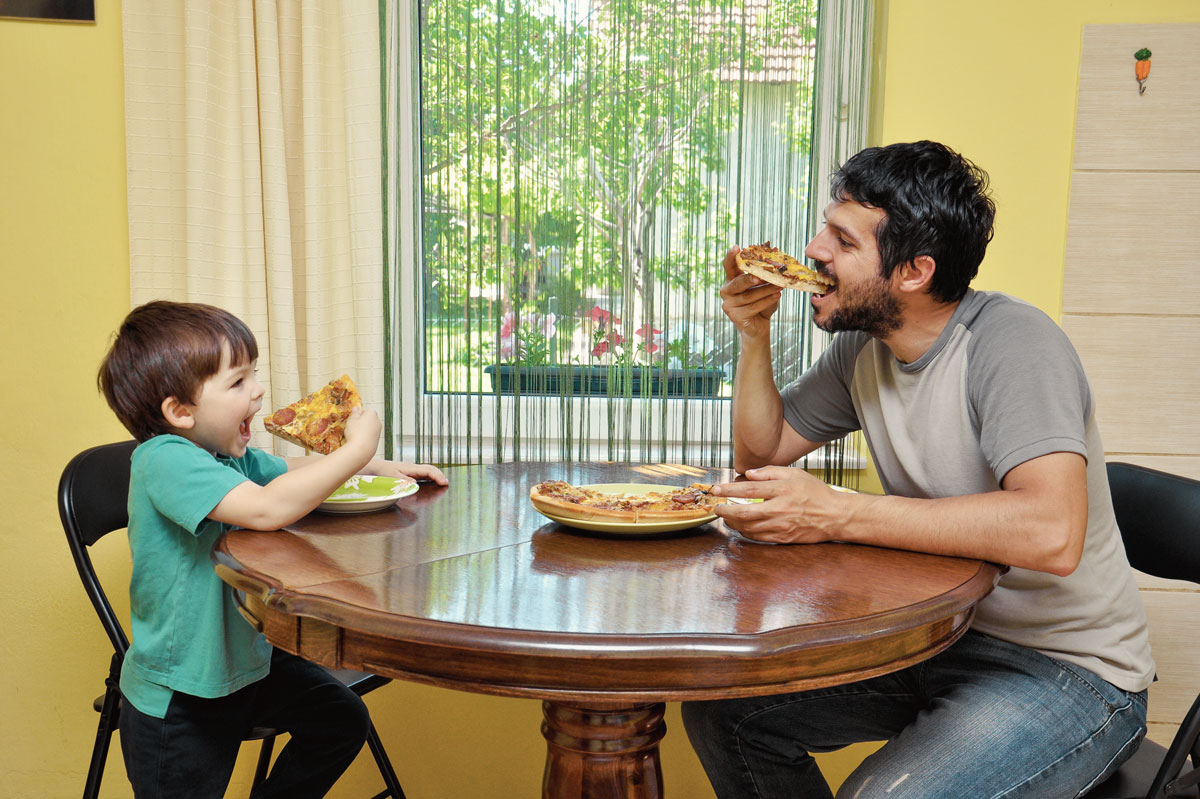How to feed your preschooler
- Home
- Ellyn Satter
- Toddler / Preschooler
- Preschooler
- How to feed your preschooler


How is feeding going?
What do you like about your child’s eating?
What don’t you like?
Is there anything you would like to be different?

Don’t make him taste or eat to please you.
© Ellyn Satter
HAND EXPRESSION
How it works
Use your hand to gently massage and compress your breast to remove milk.
What’s Involved
Average Cost
Free
Side-Lying Hold
This hold is useful when:
Cross-Cradle Hold
This hold is useful when:
Clutch or “Football” Hold
This hold is useful when:
Cradle Hold
This hold is useful when:
Laid-Back Hold
This hold is useful when: